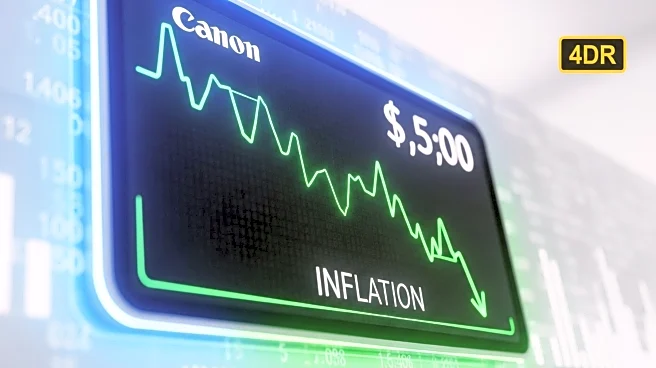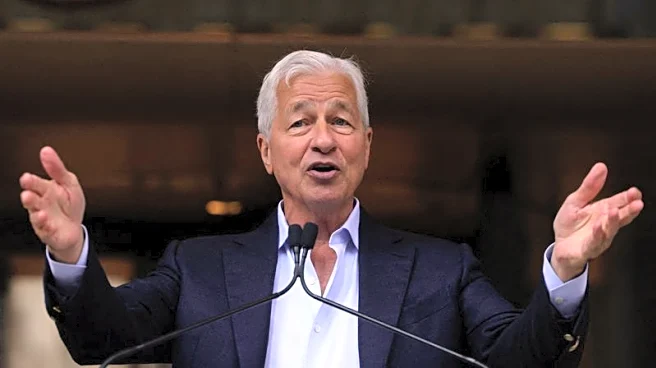What's Happening?
The U.S. economy added 911,000 fewer jobs than initially estimated in the year ending March 2025, according to the Labor Department's latest revisions. This annual report, which adjusts payroll data, indicates slower job market growth than previously thought during the transition from the Biden administration to the Trump administration. Economists had anticipated a downward revision, but the extent of the decrease has heightened concerns about the health of the U.S. economy. The revisions were particularly significant in service sectors such as leisure and hospitality. The Federal Reserve is monitoring these developments closely as it prepares for its upcoming meeting, where it may decide to lower interest rates in response to signs of economic slowdown.
Why It's Important?
The revised job growth figures underscore potential vulnerabilities in the U.S. economy, particularly in sectors that have been key drivers of employment. The data suggests that the labor market may be weaker than previously believed, which could influence economic policy decisions. The Federal Reserve's potential interest rate cuts aim to stimulate economic activity amid fears of inflation due to President Trump's tariffs. These developments could impact businesses' hiring decisions and overall economic confidence, affecting various stakeholders, including workers, employers, and policymakers.
What's Next?
The Federal Reserve is expected to address these concerns by potentially lowering interest rates at its next meeting. This decision will be influenced by the latest job market data and ongoing economic uncertainties. Additionally, the Labor Department's final revisions are scheduled for February 2026, which may further clarify the employment landscape. Stakeholders, including economists and business leaders, will be closely watching these developments to assess the broader economic implications.













